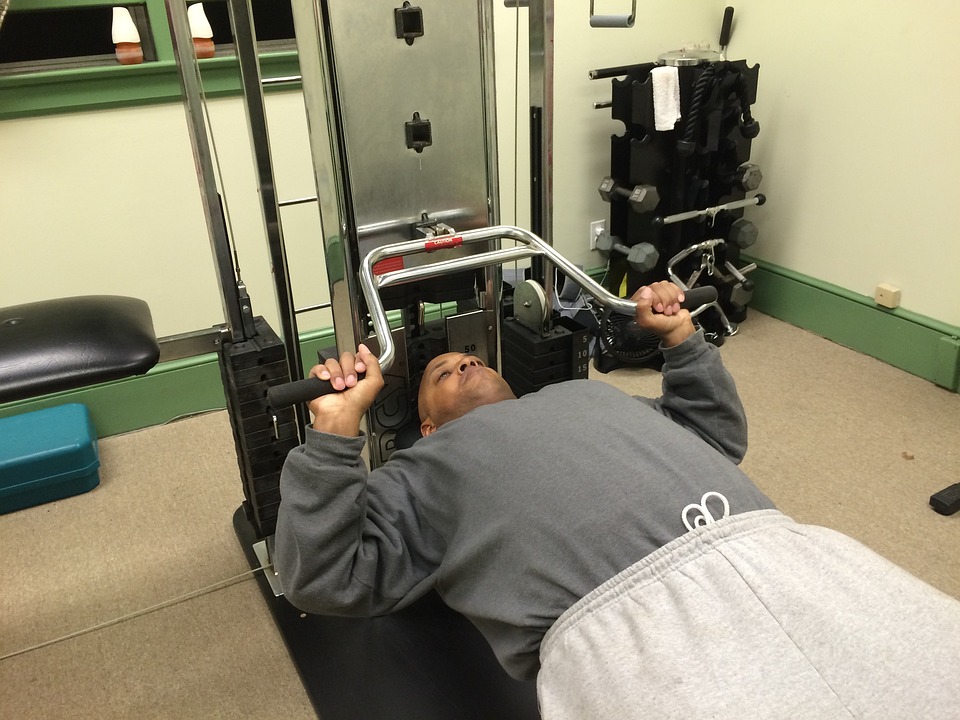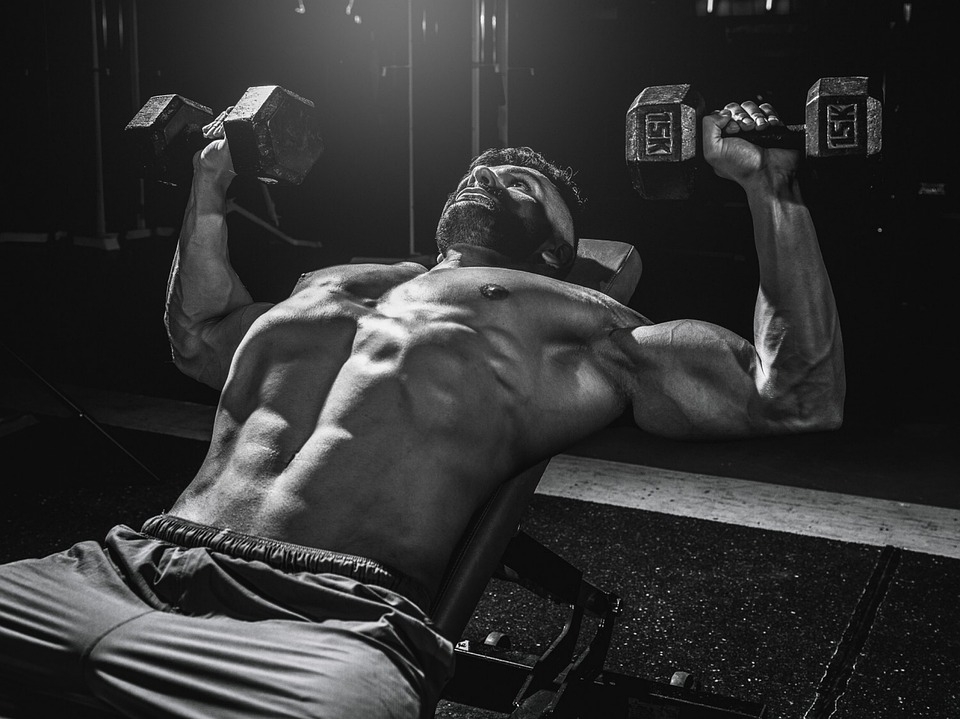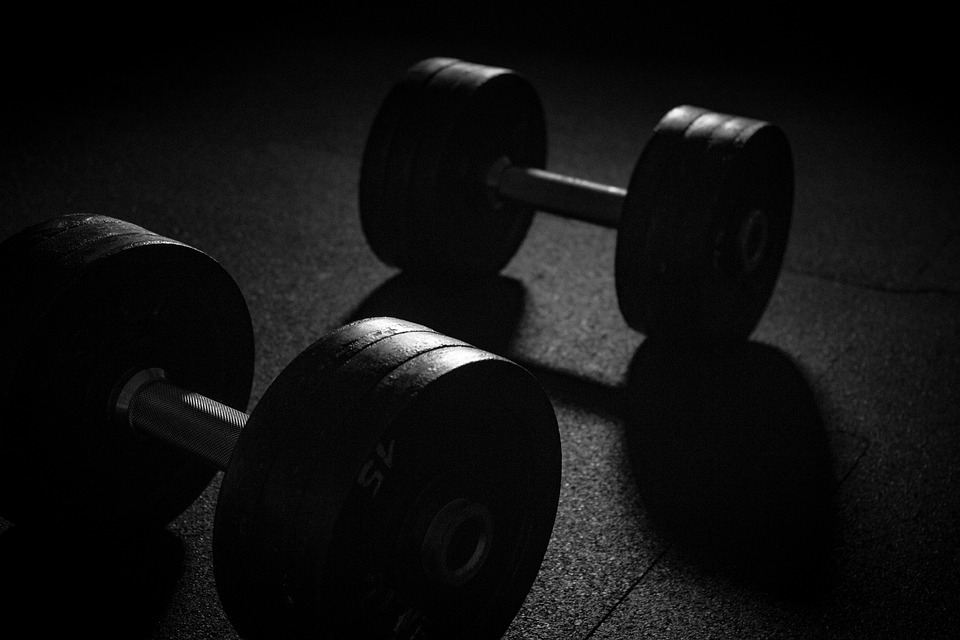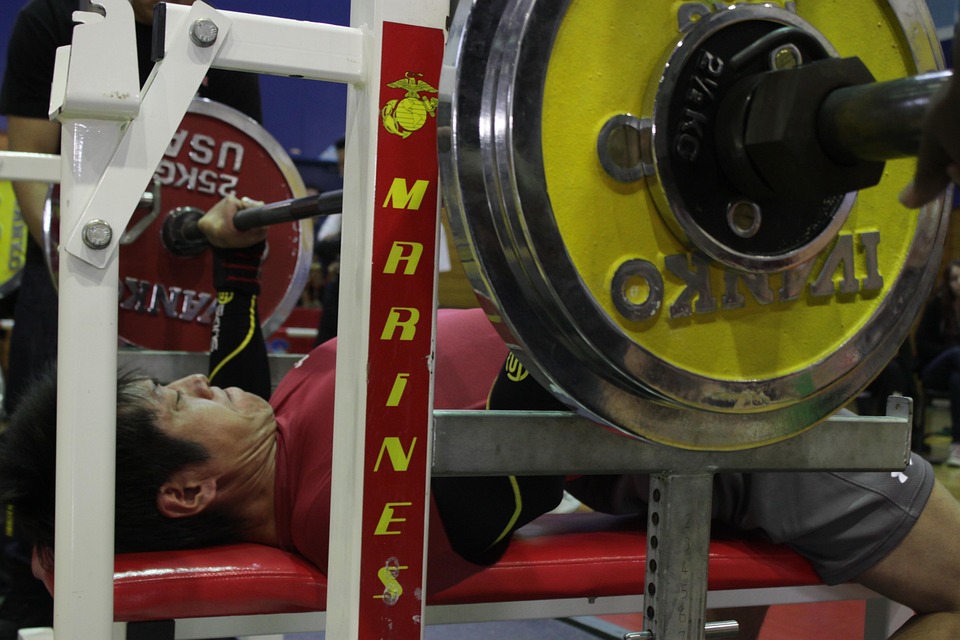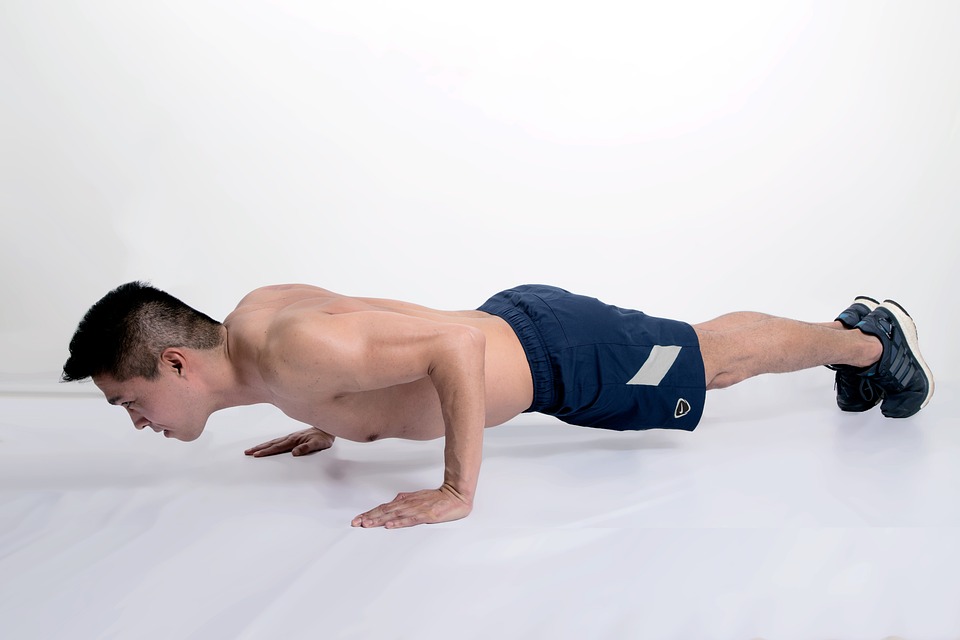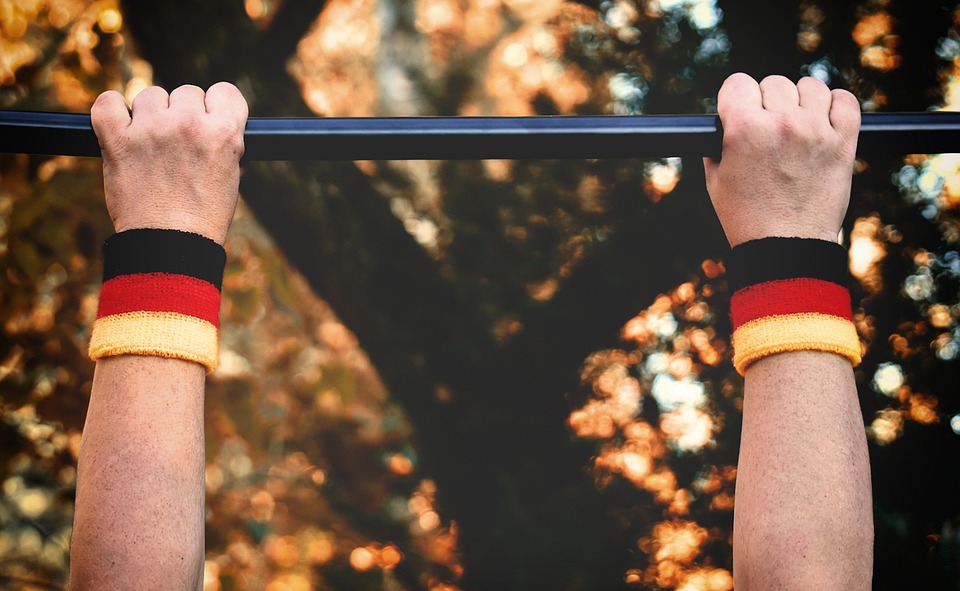
Why is the pull-up important?
This is the best way to test your upper body strength, and it is one of the few exercises that work your back and biceps at the same time. I think pull-ups are a better measure of strength than bench presses because they better indicate functional fitness.
How many pull-ups should I be able to do?
To stay on the Potential Royal Marine Course, you must do three full pull-ups. You can get a maximum point score of 16. You should be able to do approximately six perfect-form pull-ups at a slow and controlled tempo if you are in good shape, says Lerwill. The goal is to get to 12 reps. You should make your squats more difficult by holding a dumbbell between your ankles or wearing a belt with weight plates attached.
How to Do the Pull-Up
Pull-ups are a great addition to any strength program. lifting yourself up to a bar will give you many benefits including more general strength, better posture, and more stable core muscles.
Step 1 — Hang From a Bar
Hang from a bar with your body straight and your core stabilized to prevent yourself from swaying. Position your hands a little wider than shoulder-width using an overhand grip, or palms down. To maintain balance, you can put your feet in different positions.
When stabilizing your core, imagine that someone is about to punch you in the stomach. This will help to engage your core muscles and protect your spine. The initial flinch of tightening your stomach will help you to brace effectively.
Step 2 — Pull Your Chest Towards the Bar
Before you start pulling yourself up to the bar, take a deep breath. In order to engage your upper back muscles, you should pull your shoulder blades together. Keep the squeeze while you bend your elbows and raise your body. Exhale throughout the movement. Lean back very slightly on the way up.
Your neck should be close to the bar when you finish the concentric part of the repetition. You should angle your torso slightly backward while keeping your elbows near your ribs, and your head should be in line with your spine.
If you want to improve your muscle coordination and recruit more muscle fibers, pause for one or two seconds at the top of the movement.
Step 3 — Lower Under Control
Descending in a controlled manner, lower your body until your triceps are parallel with the floor. Your elbows should be close to your sides, and your forearms should be perpendicular to the floor. Breathe in and keep your core engaged. Do not swing to create momentum between each rep. Keep your legs hanging directly down.
It is important to lower yourself slowly over two seconds and pause at the bottom to improve the quality of each rep and prevent any swaying.
Pull-Up Mistakes to Avoid
There are several common technique errors to avoid when doing a pull-up in order to build strength and muscle while reducing joint strain.
Not Using a Full Range of Motion
An all too common issue seen in many gyms is the half-rep pull-up. Some weightlifters lift the weights smoothly and slowly for a full range of motion before quickly returning the weights to the starting position and repeating them. Doing half-reps will not help you to gain strength or muscle.
If you do not move your joints through their full range of motion, it can limit the growth of muscles and make them weaker.
It’s important to focus on quality reps rather than quantity when working out. Leave your ego at the door to ensure you’re getting the most out of your workout. Get into a stretched-out position before using your muscles to lift yourself back up again.
Excessive Swinging
To minimize stress on the shoulder joint, it is crucial to stabilize the body. Swinging excessively will not help you build strength and muscle, and may even make your condition worse in the long run.
The exercise known as “kipping pull-ups” has become popular among those who follow the CrossFit training regimen. This particular exercise variation involves swinging the lower body back and forth in a continuous motion during each repetition. The momentum from the initial pull-up helps to continue performing repetitions and turns the back-building exercise into a full-body workout. Kipping refers to a technique used for a particular purpose. This is a skill that is meant to be learned deliberately, not something that you do by accident when you are trying to do pull-ups.
You should avoid distractions and focus on the main cue that is being explained. Tense your stomach muscles as if you were about to be punched in the gut before you start pulling on the rope. Maintain this ab tension throughout each rep.
Muscles Worked by Pull-Up
Latissimus Dorsi
The lats are the largest back muscles. They attach at the upper arm and along the spine near the lower back. They serve two primary functions. First, they bring the arm in closer to the body, starting from the outstretched position to the side. Next, they move the arm towards the body from its position in front. When your arms begin to raise your body during a pull-up, your lats are heavily activated.
Upper Back
The muscles in the upper back work together to control the movement of the shoulder blades and support the shoulder joints.
Trapezius
Although the trapezius muscle is classified as part of the upper back, it is a large muscle and plays an important role during pull-ups. This part of the device keeps your shoulders in place while also allowing you to move your arms backward and extend your elbows. Your lower traps are important for many other lifts and are activated a lot during pull-ups.
Biceps Brachii
The biceps are a two-headed muscle, the long head and the short head, that both originate at the shoulder blade and insert into the radius bone in the forearm. The biceps are not as important as other muscles during pull-ups, but they still play a role in completing the top part of the movement. The chin-up variation activates them more and they play a bigger role.
Lower Back
The lumbar spine muscles are recruited during pull-ups, even though they don’t go through a large range of motion. Core muscles work during the exercise to keep a stable position and prevent the torso from bending at the hips. This keeps the body in a straight line from the shoulders to the knees or feet.
Rectus Abdominis
Even though it may not seem like it, your abs are actually worked a lot when you do pull-ups. The abs are used to not only flex the torso in a curled position but also to keep the torso stiff and solid. Abs help prevent the lower back from bending at the hips.
Pull-Up Form Tips
Recruit the glutes
But if you’re not engaging your legs and glutes—the largest muscles in your body—you’re not getting the most out of the move. Although it may be tempting to think of the pull-up as an upper-body move, it is important to engage your legs and glutes in order to get the most out of the move. This will help you achieve greater muscle growth.
Use the full range
If you want to engage more muscle fibers and work them harder, use a full range of motion. Grip the bar with both hands so that your arms are fully extended. This is the start and finish position. Doing full-range reps slowly and smoothly will help to reduce stress on your joints.
Get tight at the start
If you brace your body, it will be easier to engage your large and small stabilizing muscles, making it easier to manage your weight. Keep your chest up and abs and glutes engaged. Pull yourself up by retracting your shoulders and driving your elbows down.
Squeeze at the top
If you raise your chin above your hands, you will engage more muscle fibers and be stronger. Start in a standing position, then squat down slowly, pausing for a second at the bottom to squeeze your muscles. Return to the starting position.
Mix your grip
Trainer Andy Watson advises changing your grip from wide to narrow to hammer grip to target different muscle groups and correct any imbalances. This will lead to increased overall strength.
Break them down
Watson says to remove momentum to target all three phases of the lift. Pull your chest up the bar, pause for three seconds, lower the bar halfway, pause, then lower it to the bottom, and repeat.
Hang tough
“If your grip goes, you go. You should get used to hanging from the bar with extra weight until you can’t do it anymore. When you are able to lift your own body weight during pull-ups, it will feel much easier.
12 Pull-Up Variations
We have created 12 different variations of pull-ups, from the first-time negative pull-up to the ultra-difficult towel grip pull-up, to help you advance your pull-up skills. When you can do a set of six to eight repetitions, move up to a higher weight. If you want to get better at doing pull-ups, a good rule of thumb is to add one extra pull-up to your routine each week.
1. Negative pull-up
To do a slow negative push-up, stand on a bench and get into the ‘up’ position. From there, lower yourself as slowly as possible.
If you can’t do a full set of classic pull-ups, these will help you exhaust your muscles and build the strength to do the full move.
Difficulty: 1/10
2. Kipping pull-up
The move is performed in the same way as the classic move, but you use your legs to create the momentum to pull yourself up to the top of the move.
This move will help build power in all major back muscles.
Difficulty: 2/10
3. Close-grip chin-up
Place your hands close together with your palms facing your face.
Changing the angle of pull in this way means that your biceps have to work a bit harder, which in turn takes some of the load off your back muscles, making the exercise a bit easier.
Difficulty: 3/10
4. Classic pull-up
Start by holding the bar above your head with your hands wider than shoulder-width apart and your palms facing forward. You should stand with your body hanging straight down and your arms fully extended. Before lowering yourself back down to the starting position, pull your lats up and squeeze them until your chin is over the bar.
This exercise is a great way to work your upper-body muscles.
Difficulty: 4/10
5. Tarzan pull-up
Hold the bar in the middle with your hands close together. Climb to the top of the pull-up bar, then twist your body to the right before lowering yourself and repeating the movement to the left side.
This exercise requires you to coordinate your movement more during the ‘up’ move, while also developing a strong core to prevent your lower body from swinging.
Difficulty: 5/10
6. Side-to-side pull-up
Grip the bar with both hands close together in the middle. Raise yourself high enough that your head can clear the bar, and then touch the bar alternately with each shoulder. To master this difficult move, begin by concentrating on pulling your body up as high as you possibly can, ideally until your chest is touching the bar. To get even higher, alternate sides of the bar while moving your head to one side with each rep.
This variation requires more explosive power to get you moving and then keep you moving to clear the bar. It also means that you need better control and stability of your core muscles to be able to control your body weight when it is moving quickly.
Difficulty: 5.5/10
7. Pull-up with alternating knee twist
Start by drawing your knees into your chest, then twist to the left and right before slowly lowering back to the start position.
This exercise engages your entire core, which includes your abs and obliques. Your muscles have to work hard to hold you in the ‘up’ position as you twist.
Difficulty: 6/10
8. Pull-up with leg raise
When you are almost at the top of the move, raise your legs out in front of you so that they are level with the floor.
This movement will also target your abdominal muscles and force your back muscles to work harder by slowing down the tempo of each repetition.
Difficulty: 7/10
9. Walking pull-up
To do a standard shoulder-width grip raise, start by moving your legs back and forth in a walking motion, then raise and lower yourself. If you want to be able to “walk” yourself up slowly, you need to work on your strength. Pull-ups with knee raises followed by fast walking, gradually slowing down.
This is a difficult variation, and it becomes more difficult the more slowly you raise and lower yourself. Working your core more also requires your legs to be stable while in motion.
Difficulty: 7.5/1
10. Weighted pull-up
Attach a weight plate to a belt, or hold a dumbbell between your legs, before doing the exercise.
If pull-ups are easy for you, adding weight will help your muscles grow stronger.
Difficulty: 8/10
11. Round the world
Pull yourself to the top. If you want to do a pull-up, start by lifting your body up and to the left of the bar. Then, move across to the right and finish the move by making a semi-circle shape before lowering your body.
The move requires a lot of strength to be able to hold your body steady while moving side to side and downward in a controlled manner.
Difficulty: 9/10
12. Towel grip pull-up
Begin by standing with two towels draped over a bar, and gripping one towel in each hand with your palms facing each other, and your arms shoulder-width apart. Pull yourself up to the bar using the towels for grip, then lower yourself slowly.
Towels require a lot of grip strength to use and help build forearm muscle power. They also tax the whole upper back and biceps.
Difficulty: 10/10

